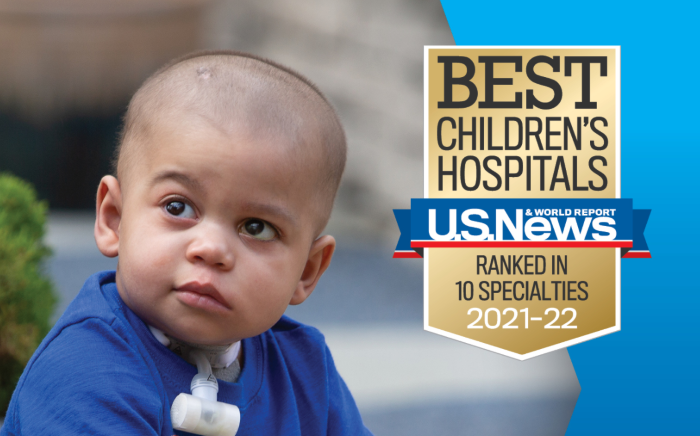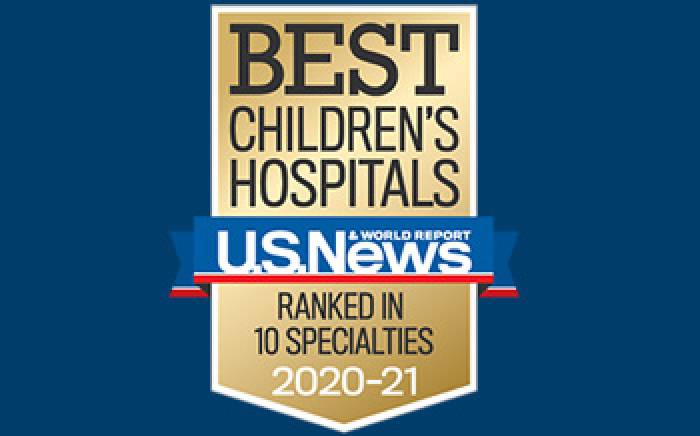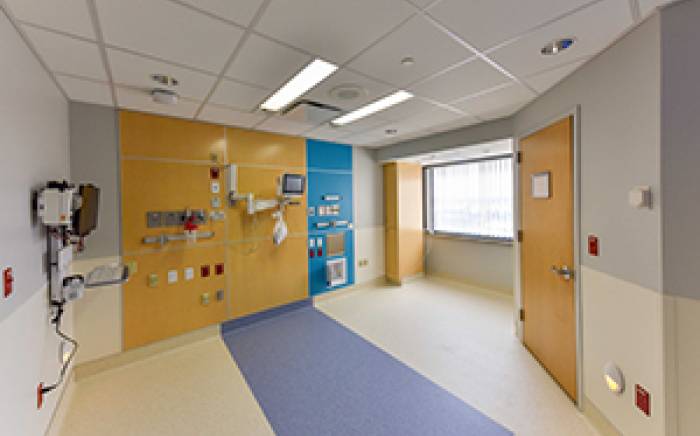The lymphatic system is part of the body’s immune system. The lymph nodes throughout the body are connected by a network of lymph vessels. Lymph is a fluid found within the lymphatic system that contains lymphocytes, infection-fighting white blood cells. In the nodes, bacteria and other substances are filtered from lymph before fluids are returned to the bloodstream.
One type of white blood cell is called a B-lymphocyte, or B-cell. B-cells are responsible for making antibodies to fight infection and remembering the dangerous antigens if they appear again.
Hodgkin’s disease, or Hodgkin’s lymphoma, is a type of cancer that develops in the lymph tissue. The cancer cells in Hodgkin's disease are called Reed-Sternberg cells. It is believed that Reed-Sternberg cells are a type of cancerous B-cell. As the cancerous B-cells begin dividing and multiplying, they form a tumor. This type of cancer interferes with the body’s ability to fight infection.
Symptoms of Hodgkin’s lymphoma include swollen lymph nodes, fever, night sweats, lack of energy, and unexplained weight loss. More than 75% of all newly diagnosed patients with adult Hodgkin’s lymphoma can be cured with combination chemotherapy and/or radiation therapy.
Learn more about the diagnosis and treatment of Hodgkin's Lymphoma.
For more information about Hodgkin's lymphoma in children or to speak with a pediatric oncologist, please call 314.454.5437 or 800.678.5437 or email us.










